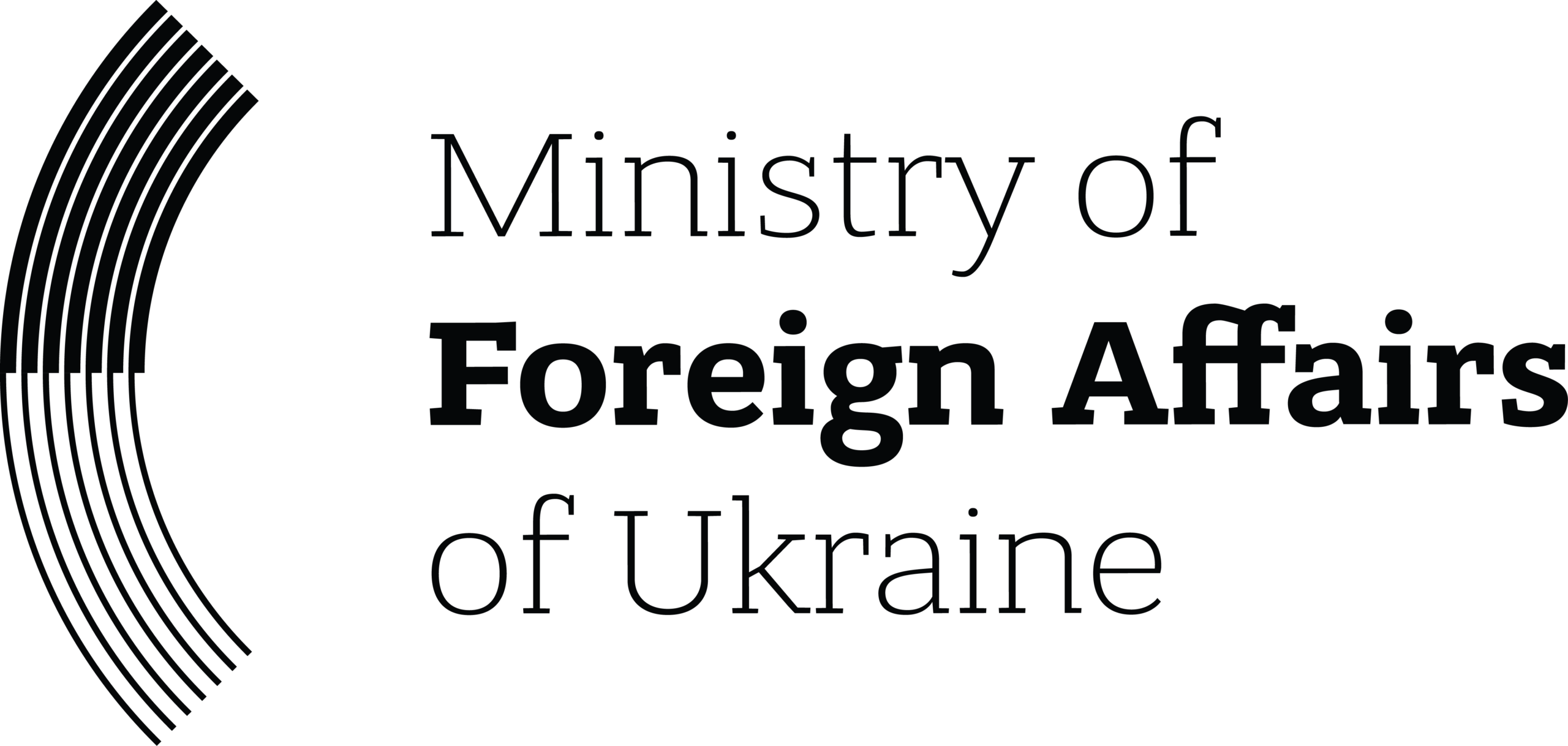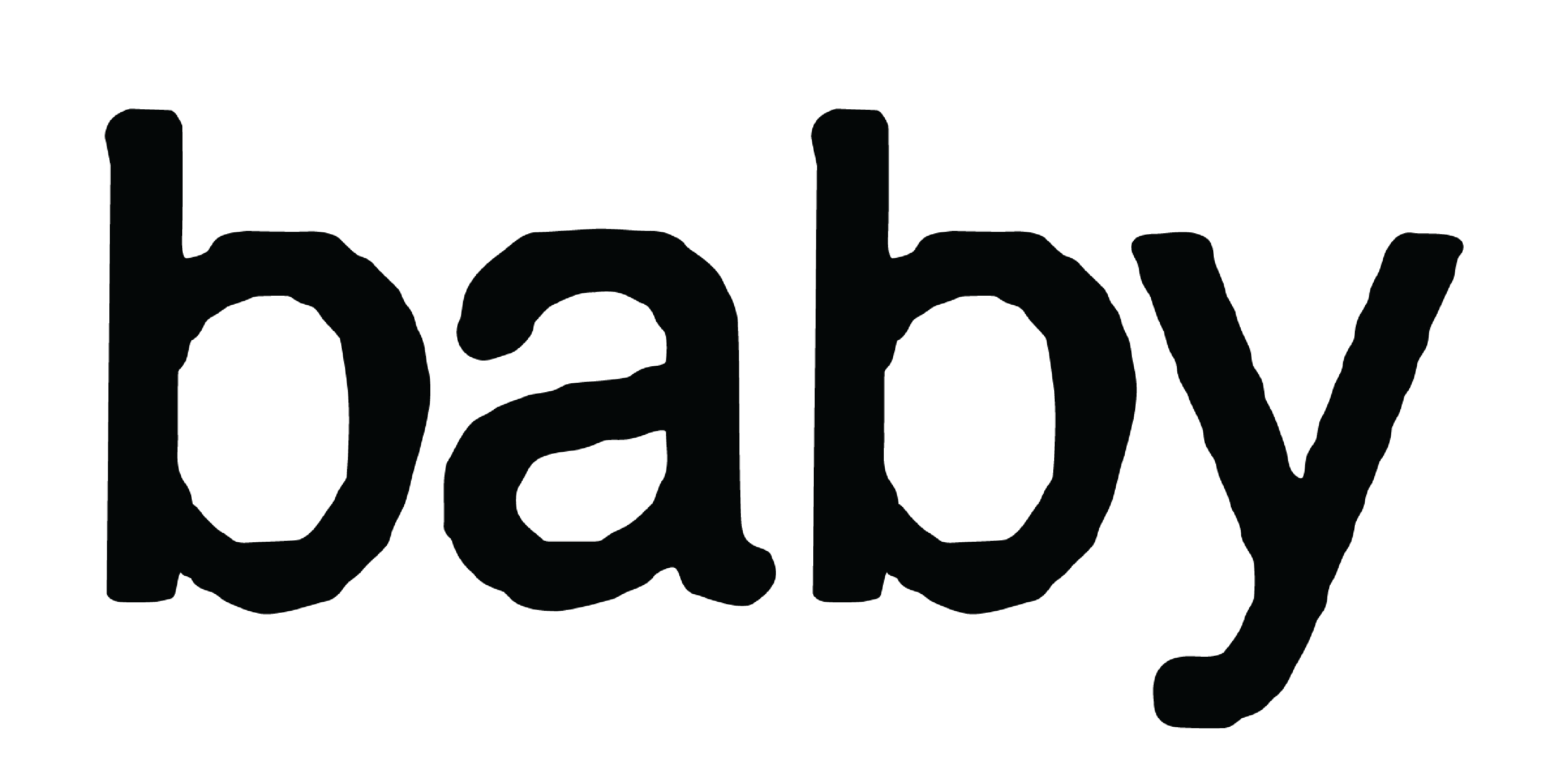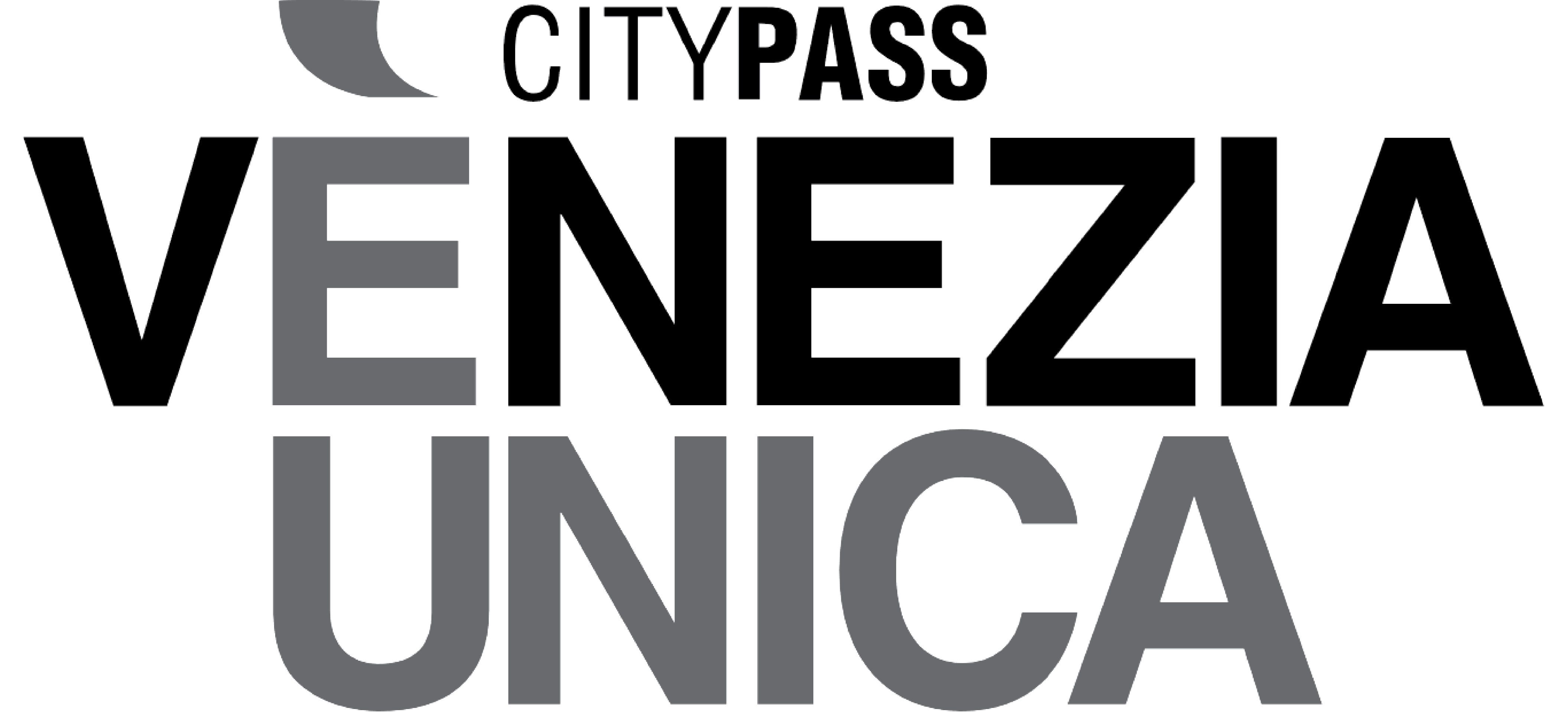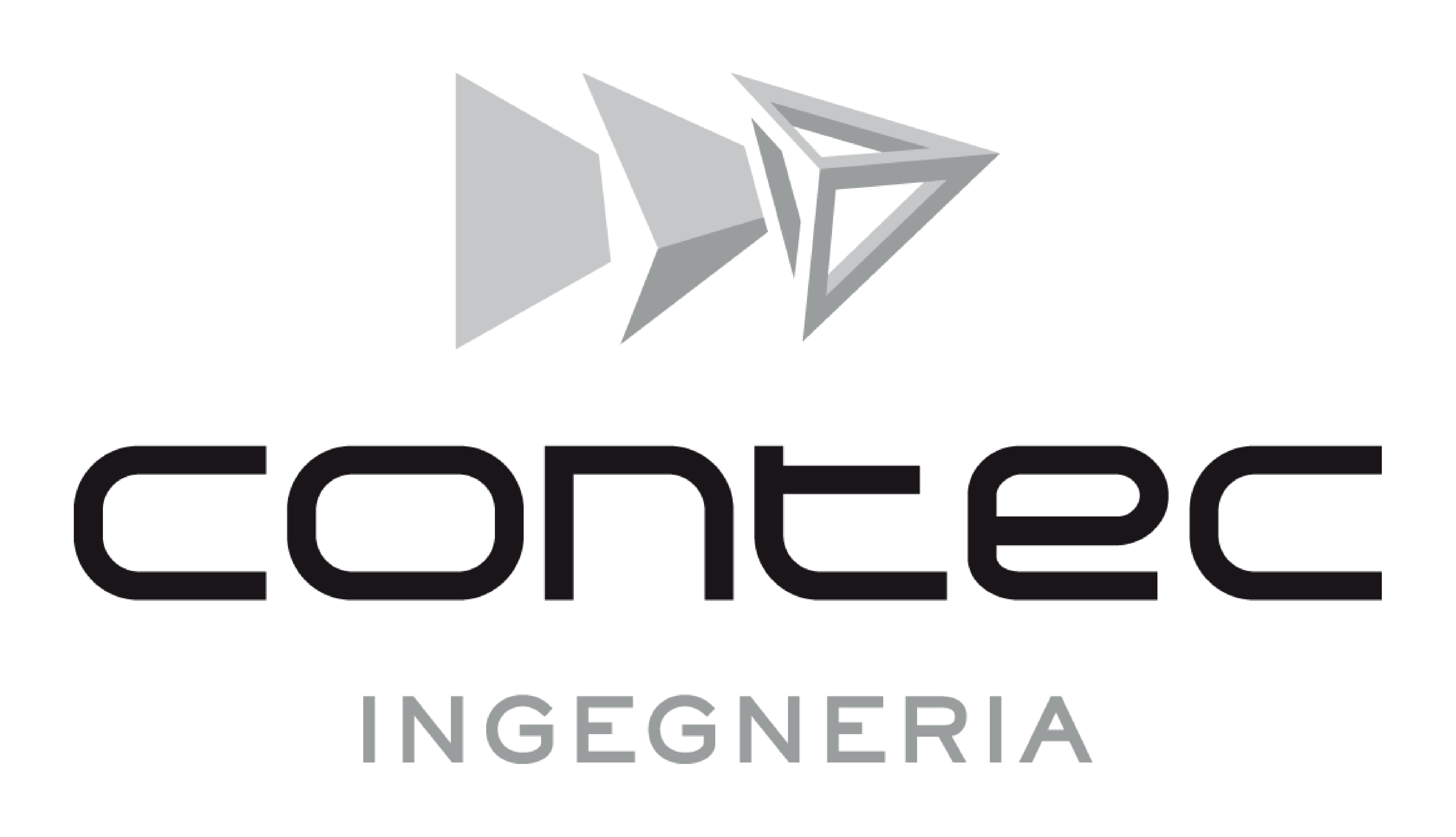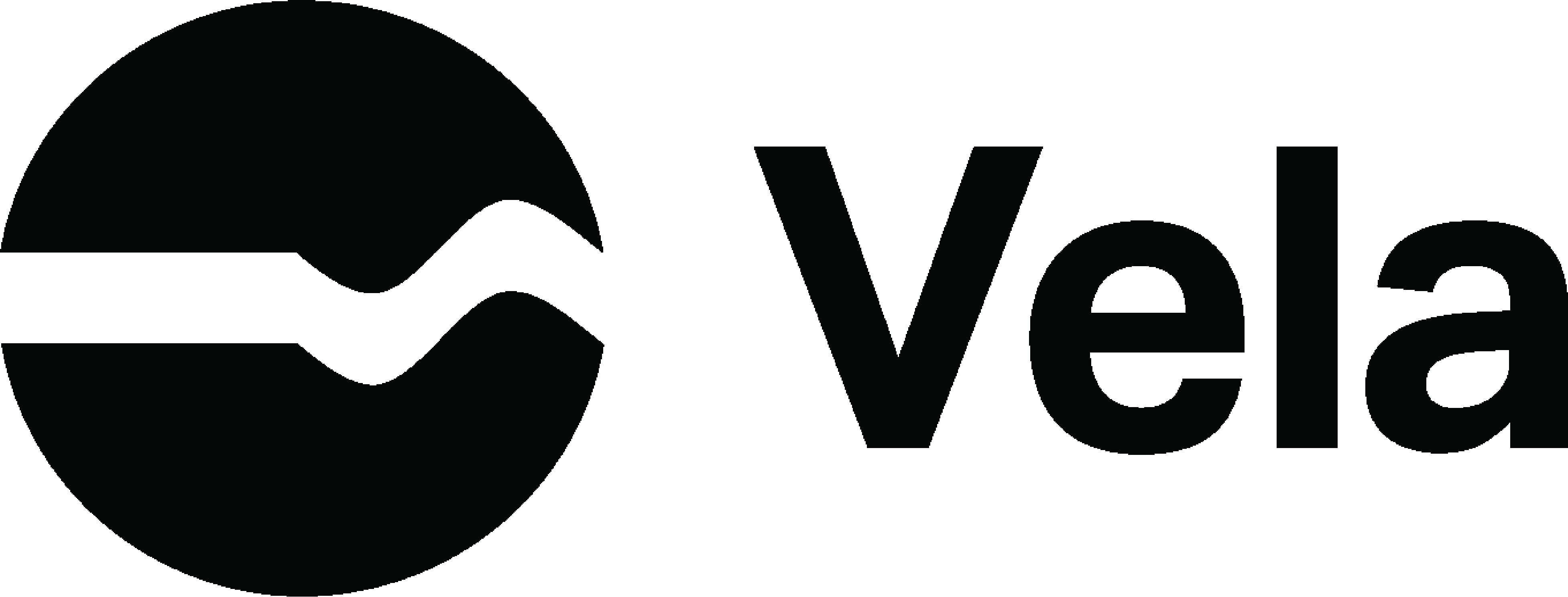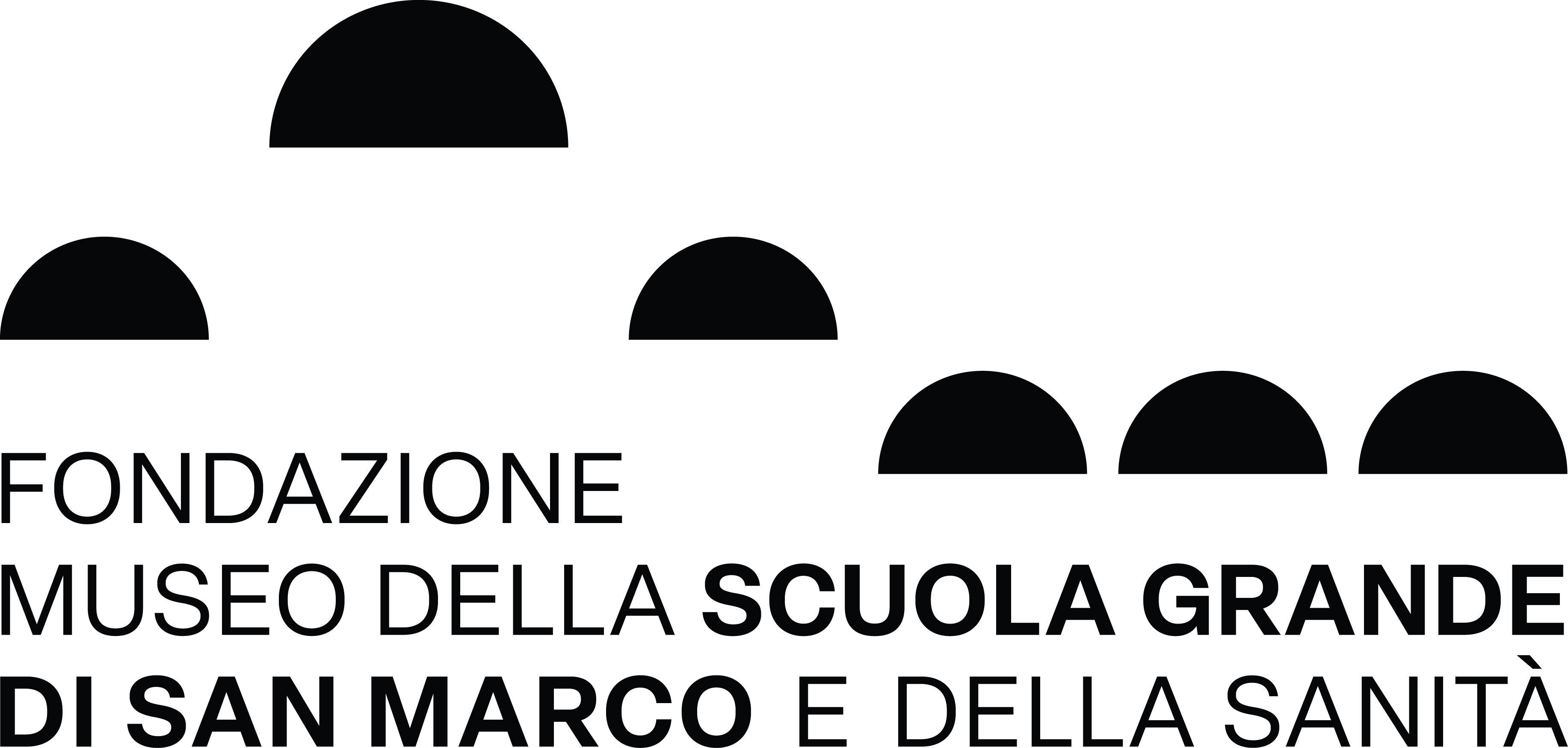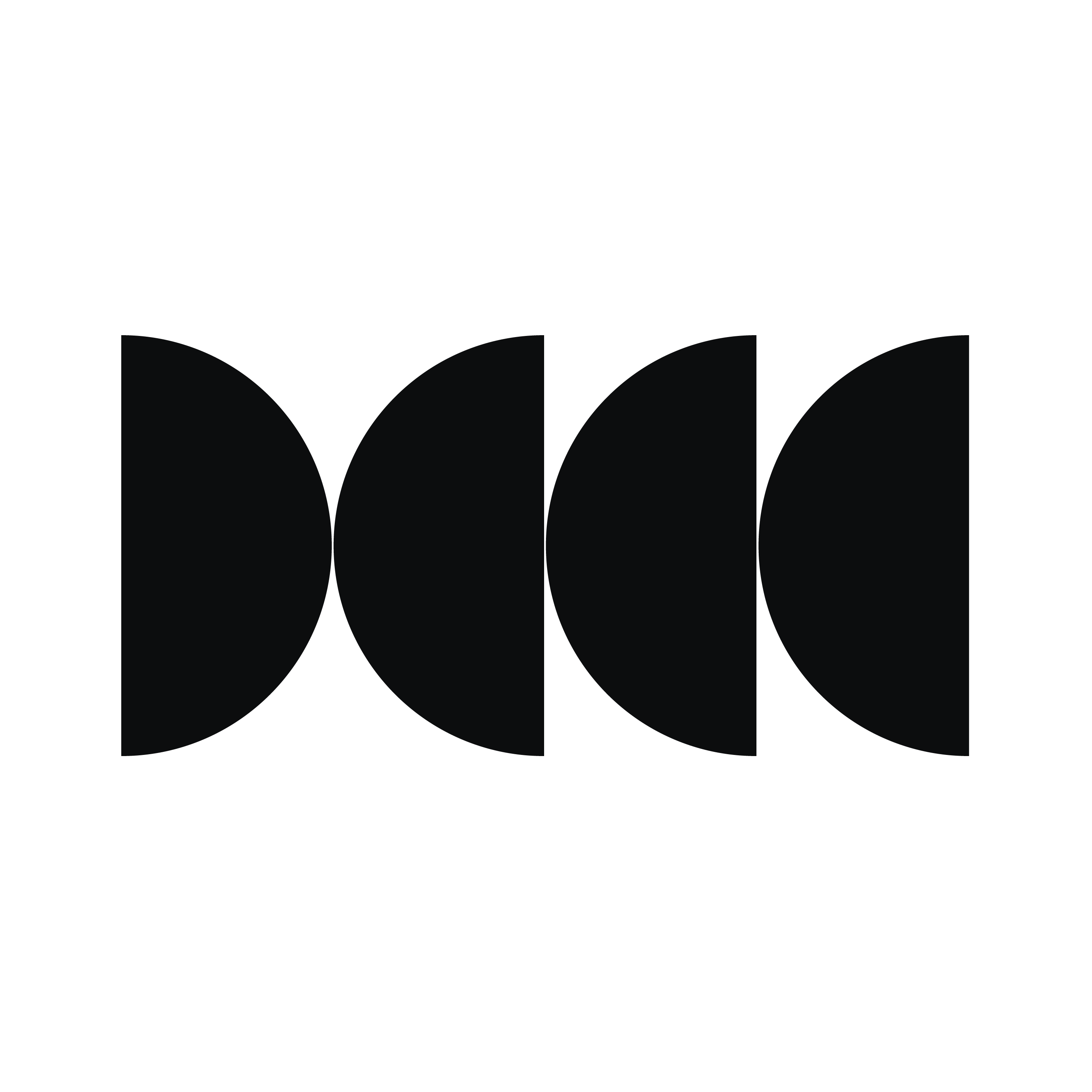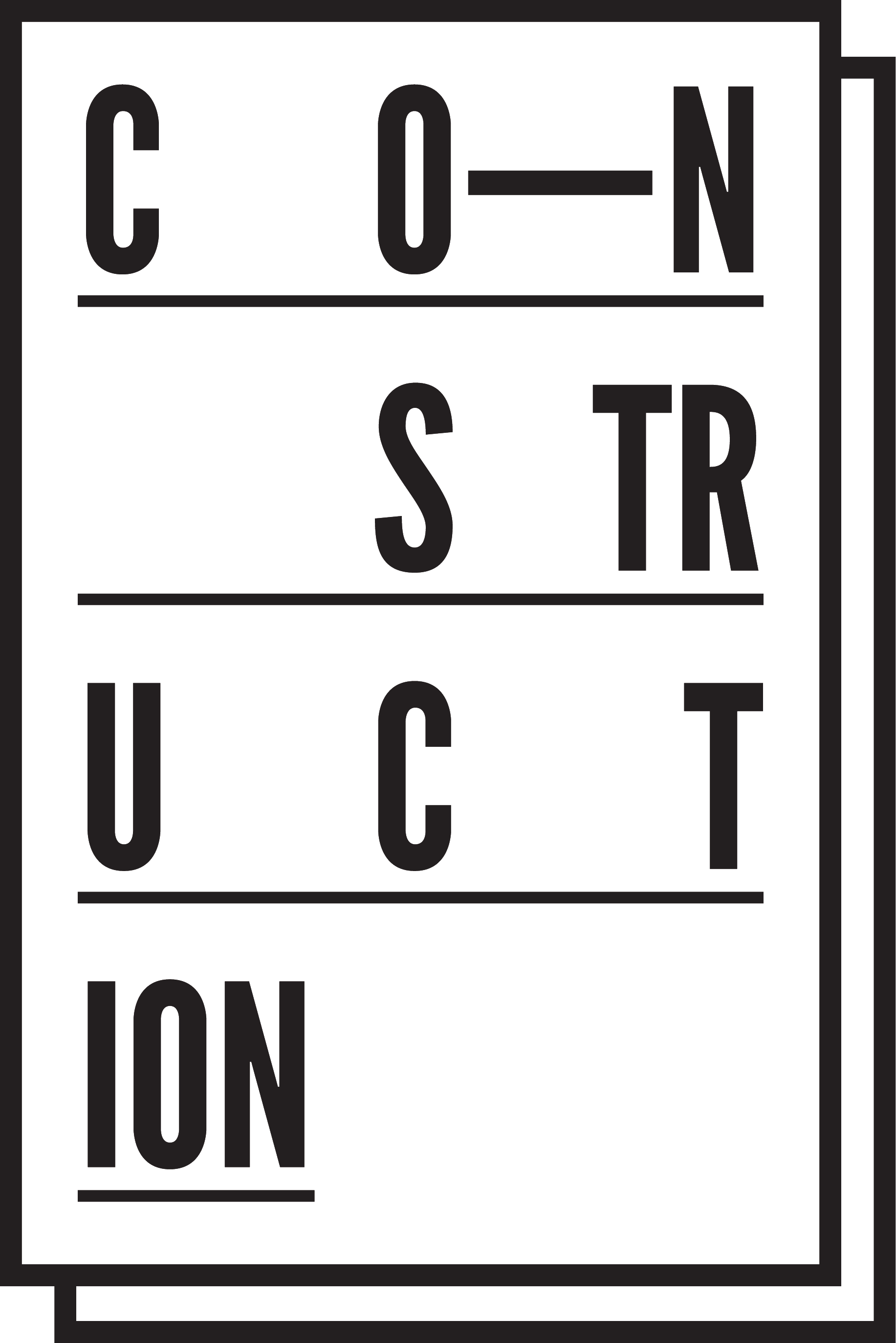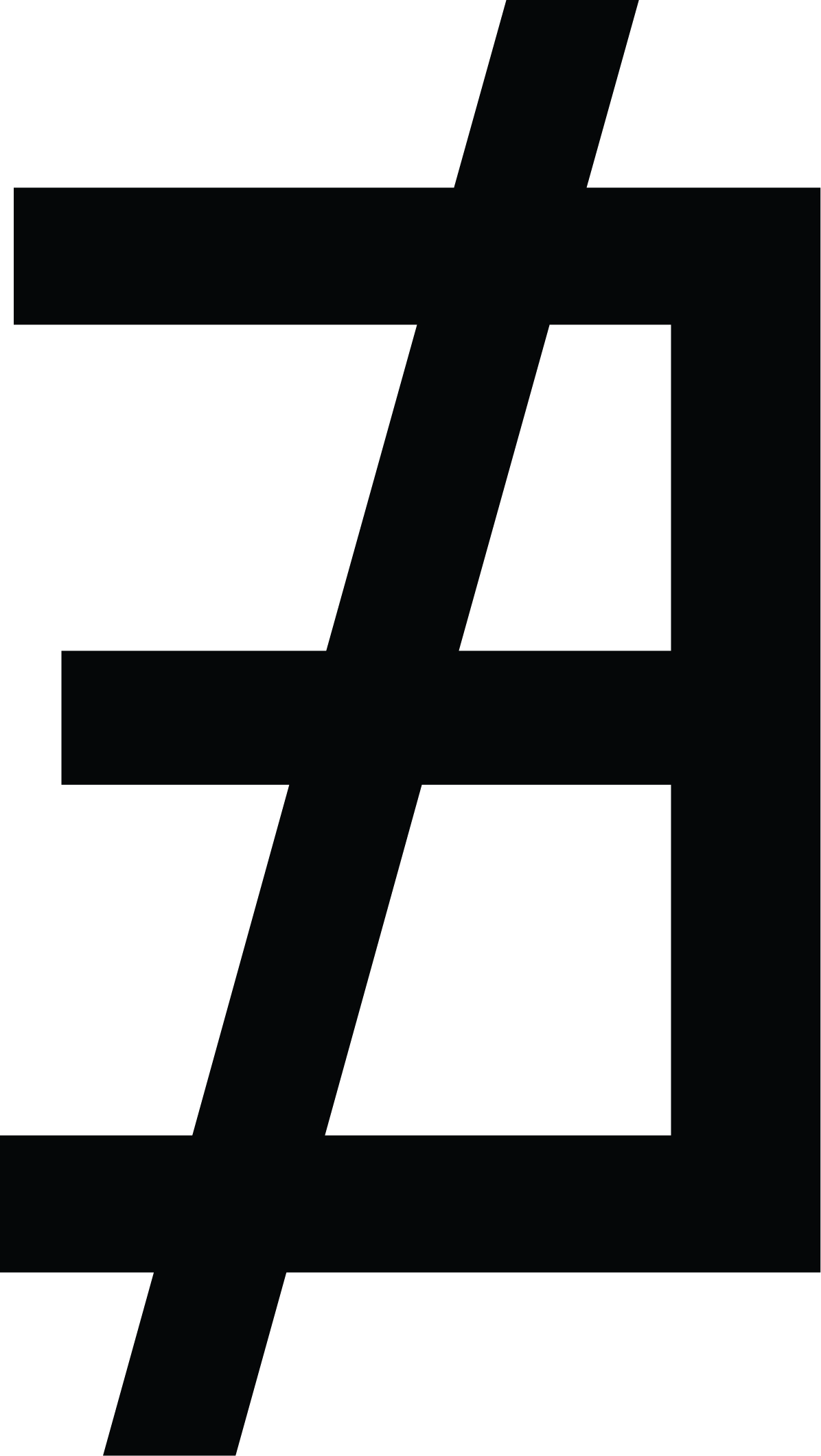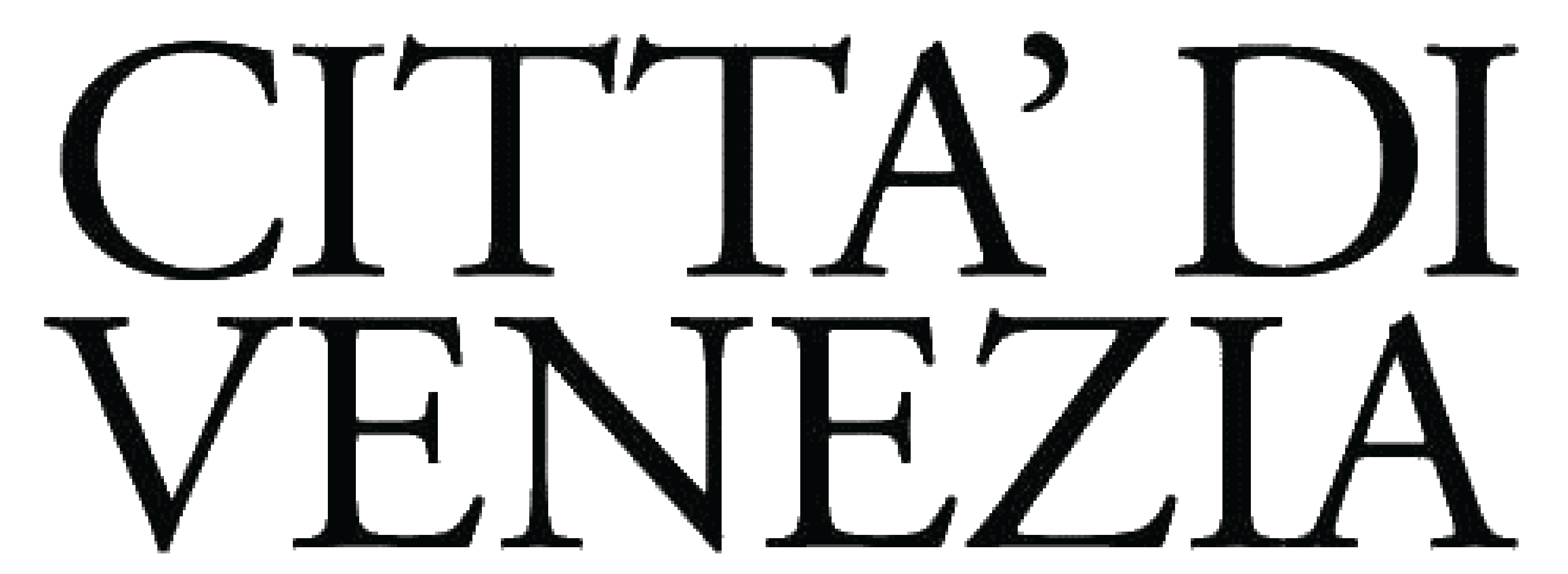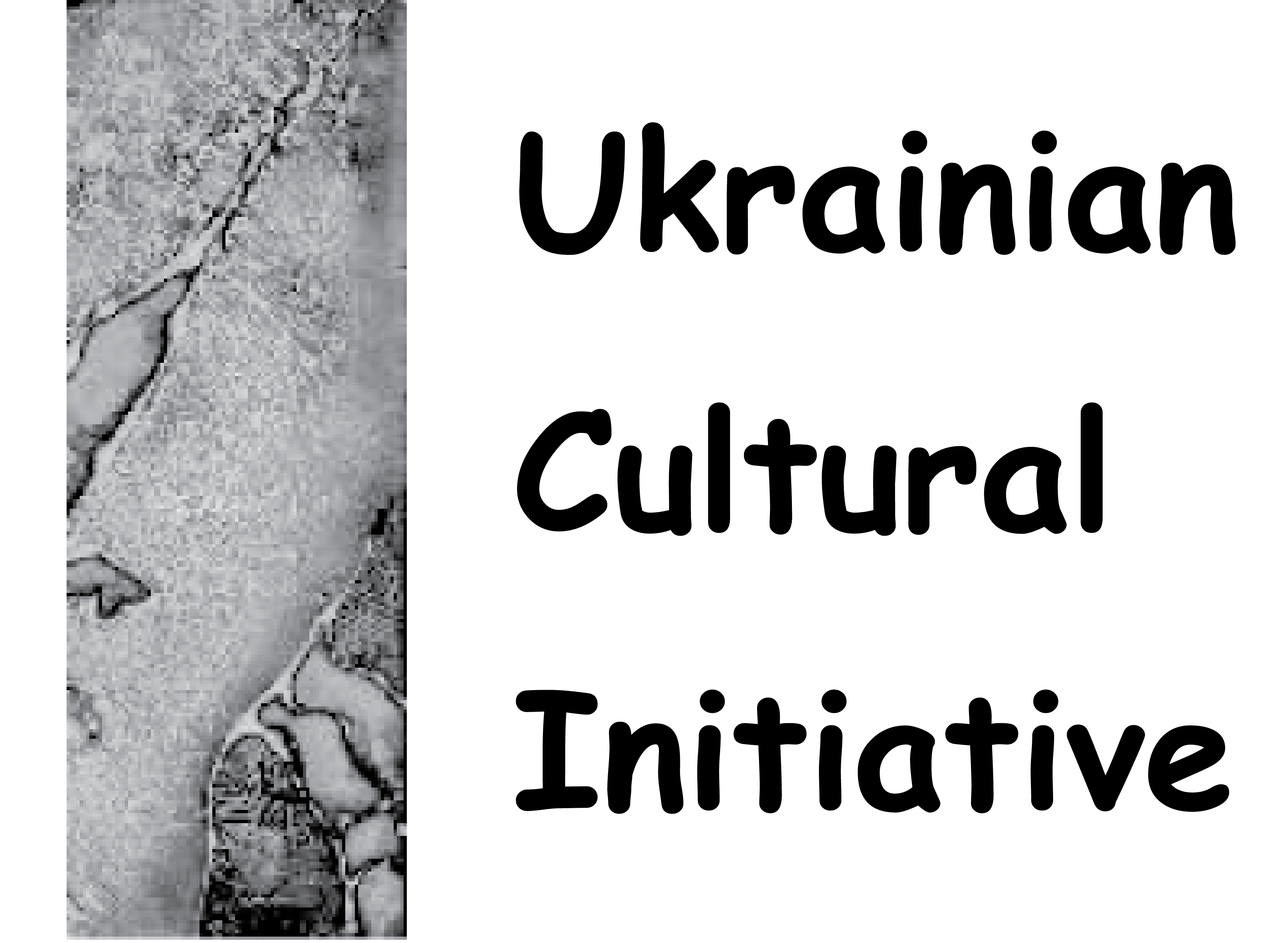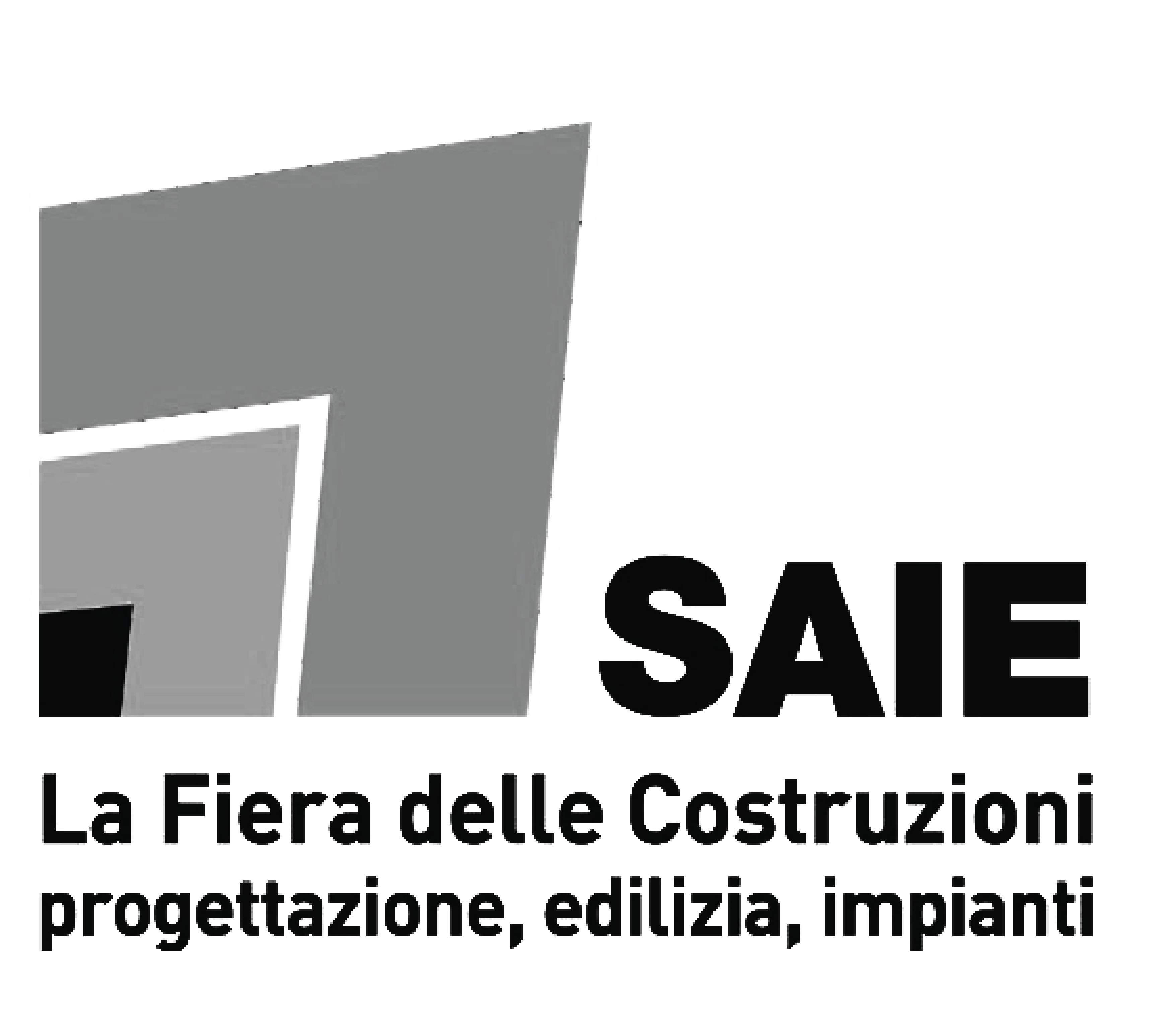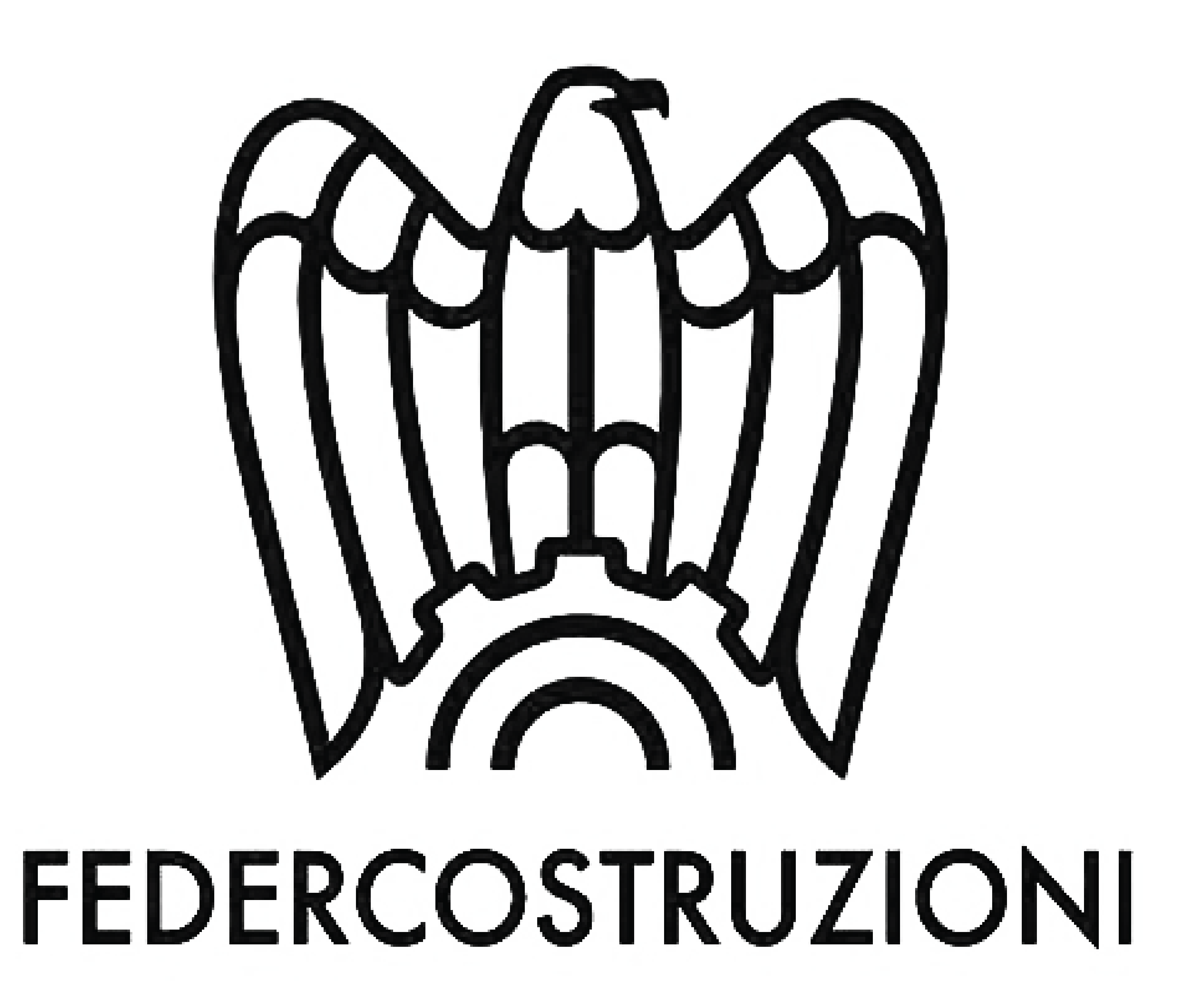“Dakh” in Ukrainian means “roof”. The roof is the most basic form of architecture. It provides shelter from the fickle elements and it cocoons the mundane routines of everyday life. But in the perilous conjuncture of full-scale war—a fight fought in large part in the skies, by drones and missiles—the roof also becomes the first point of impact for hostile projectiles.
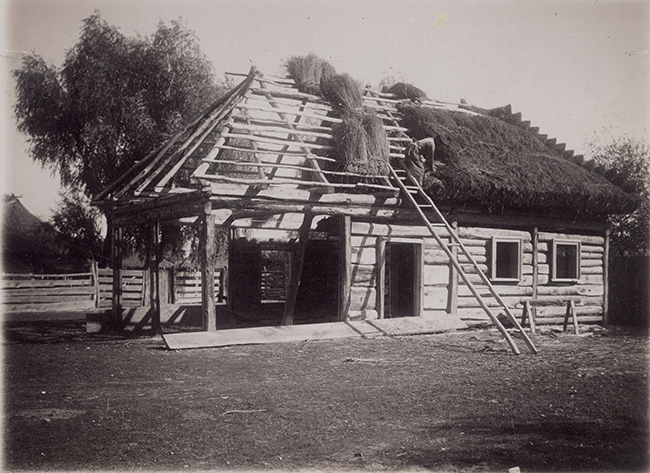
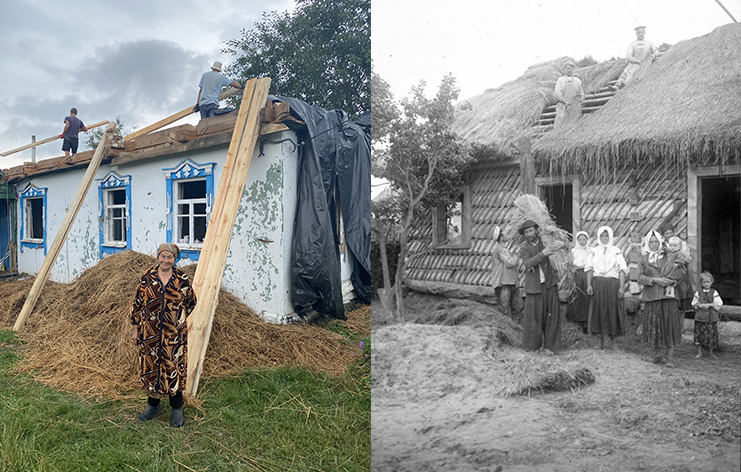
DAKH: Vernacular Hardcore juxtaposes the “heritage vernacular” of traditional Ukrainian village housing with the “emergency vernacular” of self-organised reconstruction work carried out under wartime conditions. We understand “hardcore” in its original sense as a (vernacular) builders’ word, which refers to the assorted bits of debris and clinker that are crunched together to form a building foundation. We appeal for an ethics—and politics—of rebuilding, which is rooted in the fragile, but unyielding, hardcore of the Ukrainian (and planetary) commons; and which makes manifest the structures of care, repair, solidarity—and resistance—that sustain it.
The core element in the exhibit is DAKH—a dynamic pre-image of a vernacular Ukrainian roof, conceived by architect and artist Bogdana Kosmina. The form, structure, materiality and spirit of DAKH emerge from The Atlas of Ukrainian Traditional Housing, a 50-year monumental research project carried out by three generations of women architects: Tamara, Oksana and Bogdana Kosmina.
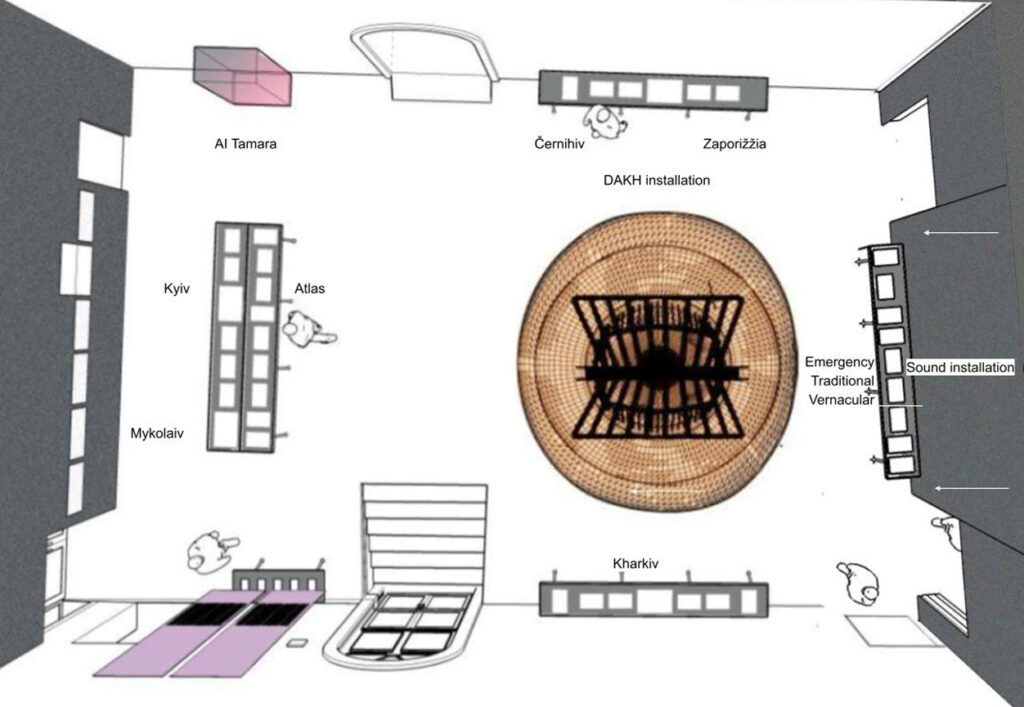
The exhibit consists of six elements: DAKH; an AI avatar of Tamara Kosmina; a selection of materials from the archive of the Atlas; documentation of emergency vernacular landscapes of war and repair in Chernihiv, Kyiv, Kharkiv, Sumy and Zaporizhzhia regions by reconstruction collectives Livyj Bereh and KHARPP; Places: Mykolaiv Region, a photographic exploration of war-dehydrated landscapes; and the Drone Canopy: a sound installation merging the music of Drones for Drones, a fundraising compilation series, with the power of Klyn, a grassroots drone-building project.
DAKH blurs the boundary between wartime and postwar reconstruction – highlighting that the process of repair has no choice but to begin while devastation and danger continues to linger; but, also, that longue-durée processes of reconstruction have much to learn from the rooted intelligence of the emergency vernacular.
We call for more Hardcore, less BlackRock.
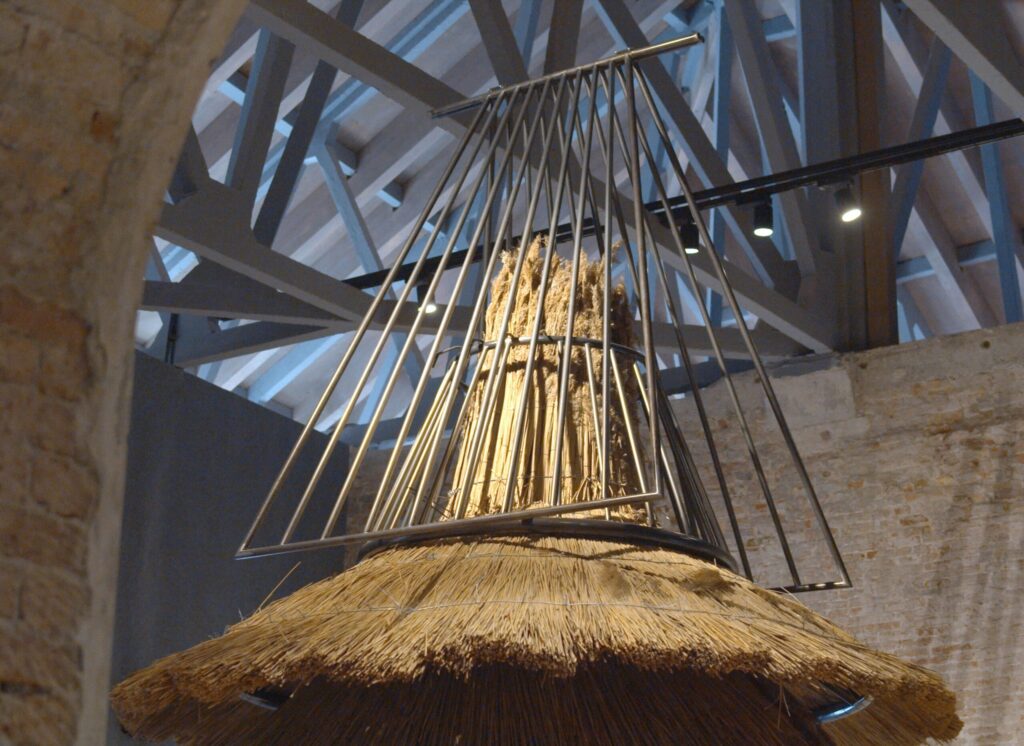
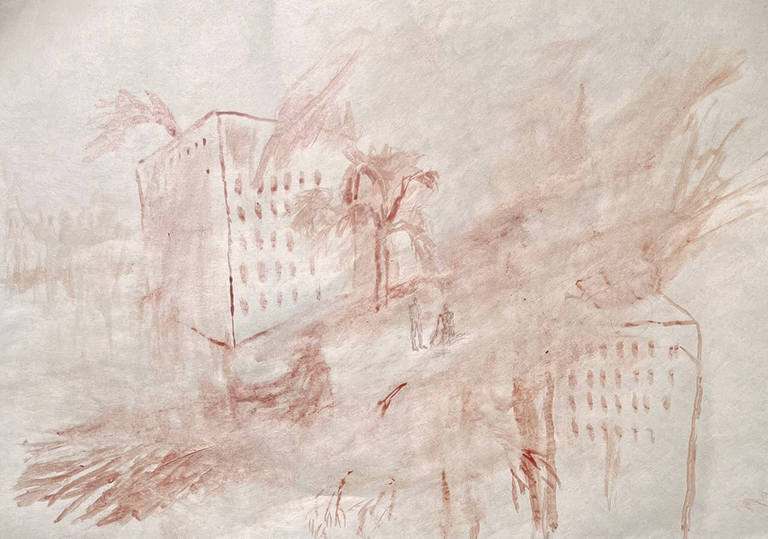
DAKH is dedicated to the memory of the artist, volunteer and soldier Marharyta Polovinko (1994-2025); and to all others who have given their lives defending Ukraine from russian aggression.
Commissioner of the pavilion:
Tetyana Filevska, Creative Director of the Ukrainian Institute, and DAKH (ДАХ): Vernacular Hardcore is co-commissioned by the Ukrainian Institute and RIBBON International. The project is supported by the Ministry for Communities and Territories Development of Ukraine and the Ministry of Foreign Affairs of Ukraine and UNESCO
Curator and architect: Bogdana Kosmina
Curators: Kateryna Rusetska, Michał Murawski
Architects & ethnographers: Oksana Kosmina, Tamara Kosmina
Producer: Ilona Demchenko
Project team:
Yevgenia Belorusets (artist/consultant),
Clemens Poole (sound curator),
Vladyslav Sharapa (artist/consultant),
Kseniia Kalmus (artist/consultant),
Ihor Okuniev (artist/consultant),
Ada Wordsworth (artist/consultant),
Dmytro Vortman (cartographer).
With support of:
